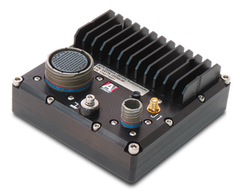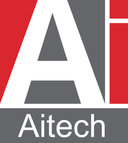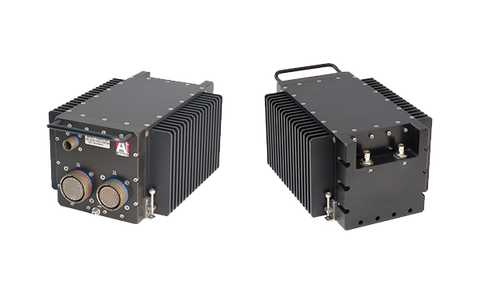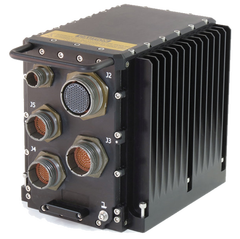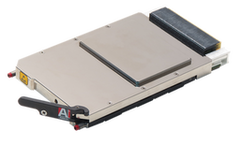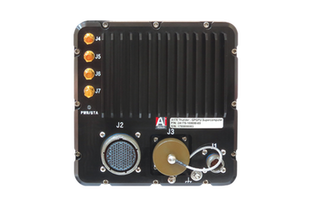Innovative rugged GPGPU-based technologies from Aitech are driving defense and aerospace AI solutions
With the exponential growth in the number of data inputs within military and defense applications, having the ability to not only process, but build computing intelligence from that data is critical to mission success and overall human safety. The parallel processing capabilities in GPGPUs are redefining how rugged embedded systems manage and process multiple video and data streams simultaneously.
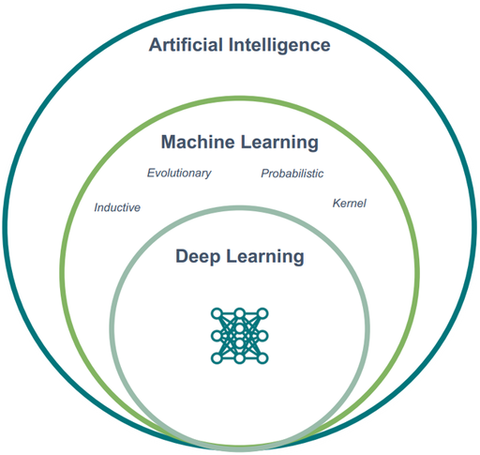
Computer systems mimic cognitive thinking (intelligence)
Computer systems mimic cognitive thinking (intelligence)
Machines learn without being explicitly programmed (logic)
Machines learn without being explicitly programmed (logic)
Connections made between multiple data networks (inference).
Connections made between multiple data networks (inference).
Enabled by GPGPU processing capabilities, deep learning is a subset of AI (Artificial Intelligence) and Machine Learning that uses multi-layered artificial neural networks to deliver state-of-the-art accuracy in critical intelligence areas including:
- Object detection
- Classification
- Segmentation
- Speech recognition
- Language translation
Learn how to effectively use GPGPU’s powerful processing capabilities in your military and defense applications
This whitepaper that outlines the power consumption and computational challenges in CPU-based HPEC (high performance embedded computing) systems, then discusses how GPGPU technology can alleviate them.
Instead of processing bottlenecks, data is distributed across hundreds of parallel CUDA cores, providing load balancing, lowering power consumption and increasing data processing.
Download Whitepaper
Limitations in CPU processing can mean data latency and unreliability.
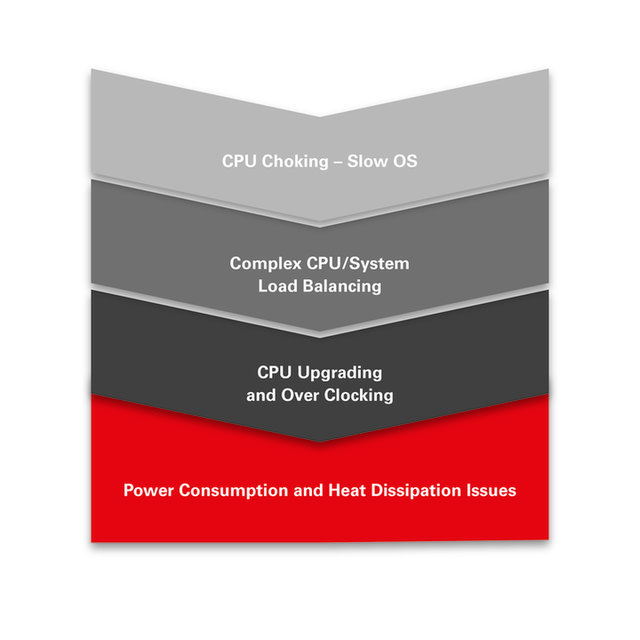
CPUs use tens of serial cores that manage data in single streams
GPUs employ thousands of CUDA cures operating in parallel

Common Misconceptions
When starting to work with any new technology, there will be a degree of uncertainty. Below are some often-asked concerns of those starting to initiate AI GPGPU-based solutions. If you have any specific questions on how to best utilize GPGPU technologies, contact an expert, and see what else you can learn.
- GPUs are general purpose, so can’t really handle complex, high density computing tasks.
Because GPU cores allow applications to spread algorithms across many cores, they more easily architect and perform parallel processing. The ability to create many concurrent "kernels", each responsible for a subset of specific calculations, give GPUs the ability to perform complex, high density computing.
- Learning CUDA will take too much effort; I should stick with a programming language I already know.
CUDA is the de-facto parallel computing language, and part of the programming language curriculum in many universities. In addition to the large online forum NVIDIA offers, with many examples, web training classes, user communities, there are software companies ready to help with the first steps, as well. In fact, many algorithms have already been ported to CUDA, because of the CUDA-based solutions already deployed.
- Adding another processing engine will only increase system issues of integration complexity.
Once you build a CUDA algorithm, you can "reuse" it on any different platform supporting an NVIDIA GPGPU board. Porting it from one platform to another is easy, so the approach becomes less hardware-specific and, therefore, more "generic."
The A178 Thunder is the smallest and most powerful rugged GPGPU AI supercomputer, ideally suited for distributed systems and available with the powerful NVIDIA Jetson AGX Xavier System-on-Module.
Its Volta GPU, with 512 CUDA Cores and 64 Tensor Cores, reaches 32 TOPS INT8 and 11 TFLOPS FP16 at a remarkable level of energy efficiency, providing all the power needed for AI-based local processing right where you need it, next to your sensors. Two dedicated NVDLA (NVIDIA Deep Learning Accelerator) engines provide an interface for deep learning applications.
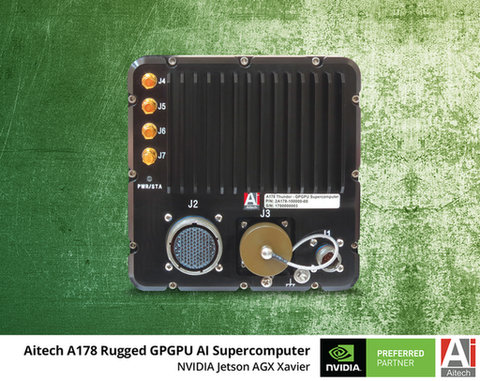
With its compact size, the A178 Thunder is the most advanced solution for AI, deep learning and video and signal processing for the next generation of autonomous vehicles, surveillance and targeting systems, EW systems and many other applications.
The updated C530 multi-head GPGPU is the most powerful AI (Artificial Intelligence) enabled 3U VPX GPGPU board, providing remarkable performance in a compact and rugged form factor.
Available with powerful NVIDIA GPU options based on the latest Turing architecture, the C530 is ideally suited for AI Delivery, Video Analytics, Image Processing and many other applications.
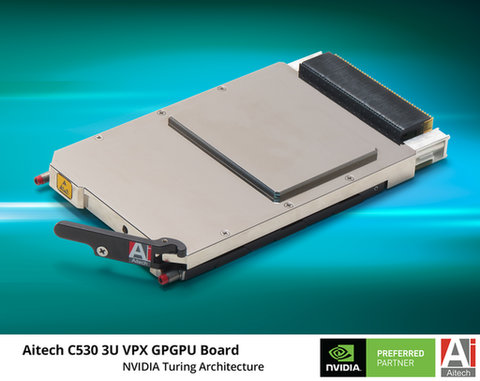
The NVIDIA RTX3000 includes 1920 CUDA Cores for parallel processing, 240 Tensor Cores for AI inference and 30 RT Ray-Tracing Cores for real time rendering.
Want to see rugged AI GPGPU in action?
Check out our expanding line of rugged AI GPGPU-based boards and systems
Aitech’s rugged AI GPGPU product line offers the most advanced solutions for video and signal processing as well as accelerated deep-learning for the next generation of autonomous vehicles, surveillance and targeting systems, EW systems, and many other applications.
Have a use for rugged GPGPU technology?
Check out this whitepaper on how parallel computing architecture can help in rugged military applications.
Download Whitepaper

Embedded World—February 22-25 Nuremberg
Going to Embedded World? Stop by Stand 2-309 to talk GPGPU with industry experts.
